Squabs are rich in protein, vitamins and minerals. While some may think of squab as an exotic gastronomic treat, a cooking enthusiast will find great pleasure in preparing squab meals. Butchering a squab is never a welcome chore but is essential in preparing a delectable squab meal.
Wear sanitary gloves to prevent infection as a result of handling potentially contaminated raw squab. Especially if you have any open cuts or sores on your hands, you should bandage the cuts and wear gloves.
Select a squab. A squab is best butchered when it is four weeks old, just before pin feathers develop under the wings allowing it to fly. A four-week-old squab has reached adult size but will still have tender meat. An older squab that has reached adult age will not be tender.
Withhold feed from the squab the night before butchering. This will flush the food it has eaten from the digestive system, reducing cleaning time.
Tie the feet of the squab together.
Secure the wings to prevent them from flapping.
Kill the squab by taking a slender-bladed knife and making a deep incision into the neck severing the carotid arteries and veins.
Drain the blood thoroughly from the carcass for 1 to 2 minutes.
Take care in plucking the feathers. Unlike other fowls, a squab has tender skin, making plucking of feathers easy without the need for scalding. Scalding will damage the skin and flesh. Special care must be taken to prevent tearing the skin and flesh.
Cut off the head and feet with the butcher knife and discard them.
Cut the squab open from the throat to the breast bone. Remove the internal organs. Save the heart, liver and gizzard. Discard the intestines and other internal organs.
Rinse the squab clean with running water. Prepare a savory squab meal or dry the squab, place it in a plastic food bag, and freeze it for storage.
Related Articles
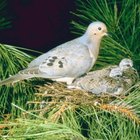
How to Clean and Cook a Mourning Dove
How to Prepare & Cook Wild Pheasant
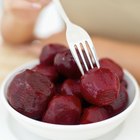
How to Boil Beetroot

Can I Cook a Whole Chicken Without ...
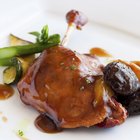
How to Cook Skinned Wild Goose

How to Prepare Rattlesnake for Cooking
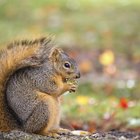
How to Skin & Cook Squirrel
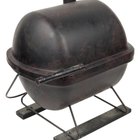
How to Cook Squab

How to Cook a Wild Turkey

How to Cook Lamb Shanks in a Slow Cooker

Should a Pheasant Be Cooked With or ...

How to Cook Neck Bones & Pig Feet

Peeling the Spiny Chayote Squash
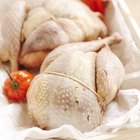
How to Grill Skinless Pheasant

How to Cook Tender Roast Beef

How to Roast Cornish Hens With Potatoes ...

How to Rotisserie Cook a Boneless Leg ...
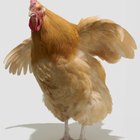
How to Clean Gizzards

How to Parboil Artichokes
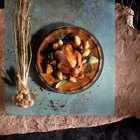
The Best Way to Cook Cornish Hens
References
Writer Bio
Mei Yau has been writing and teaching professionally since 1969. She covers social and behavioral sciences, philosophy, literature, personality development and human interest topics. Yau holds a Master of Arts in English and philosophy from the University of San Carlos, Philippines.